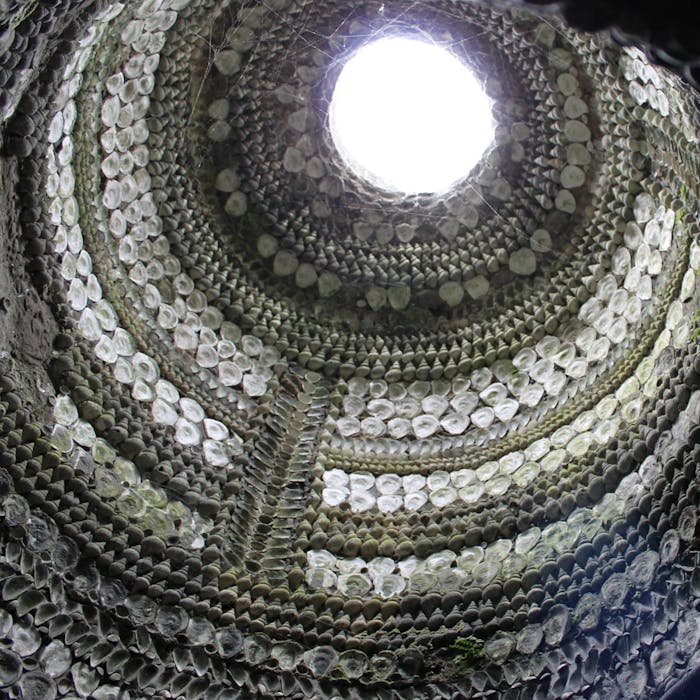
Margate's mysterious Shell Grotto
Under a hill in Margate, Kent is a strange folly - an ornate 70-foot long subterranean passageway and large altar room covered head-to-toe in seashell mosaic. And nobody is sure how old it is or has any idea of its original purpose.
The Shell Grotto was discovered in 1835 when Mr James Newlove lowered his young son Joshua into a hole in the ground that had appeared during the digging of a duck pond. Joshua emerged describing tunnels covered with shells.
When the Grotto's subterranean splendour opened its doors to the public three years after first being discovered, it came as a surprise to the people of Margate. It had not been marked on any map of this seaside town on the east coast of England, and there were no records of its construction to be found.
Over four million shells are used in the mosaics. Most of the shells are from creatures native to Britain, with a few exotic ones.
Debate has raged over the years about the Grotto's age, origin and purpose. Was it a place of worship, a setting for secret meetings or an extravagant folly?
Since the 2007 discovery of a domed cave under the Palatine Hill in Rome with shells, mosaics and marble in similar patterns to those in the Grotto in Margate, some wonder if the Shell Grotto could have been created by the Phoenicians in the second half of the first millennium BCE, when they were founding many colonies from their base in Carthage.
Carbon dating has proved difficult, due to cost and the likelihood of many of the shells having been replaced and repaired over the years since the grotto's discovery. The grotto is open to the public, as it has been since 1828.
Further reading
Links to external websites are not maintained by Bite Sized Britain. They are provided to give users access to additional information. Bite Sized Britain is not responsible for the content of these external websites.
